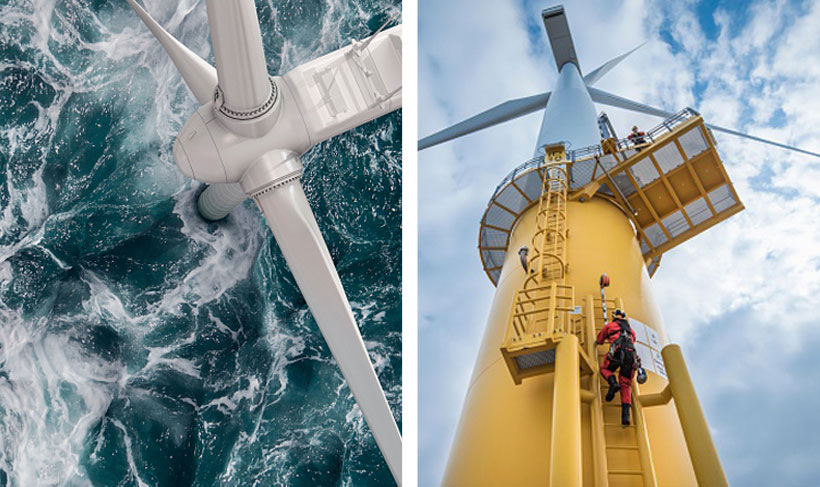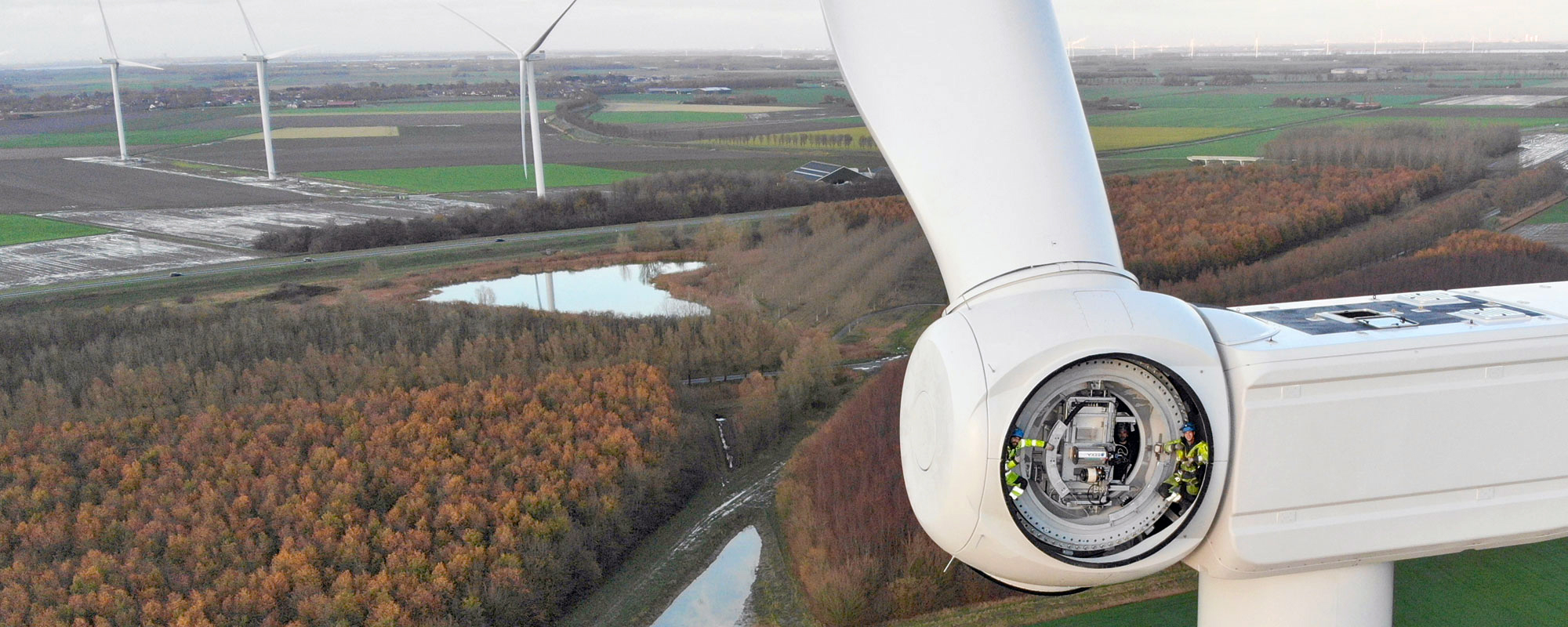Growth
Automatic Lubrication Helps Wind Energy Grow
Investing in renewable energy is good business — for customers and capital markets as well as for the future of humanity — and Timken continues to prove that point. The company is a leading technical partner for wind turbine manufacturers and major solar power systems worldwide.
When Timken entered the wind energy market in 2007, the focus was on bearings. Over the next decade, the company built a facility in Xiangtan, China and invested around the world to engineer bearings for enormous main shafts and gear drives for some of the largest wind turbines on the planet.
Today, Timken is putting the full weight of its diverse product portfolio behind energizing the world via wind, and the investment is paying off — for the company and for the world. Global wind energy output grew 275% from 2010 to 2020 and is poised to double again in the next decade.
One big driver of growth is that the cost per kilowatt hour of wind energy has steadily dropped, and Timken technologies have contributed to that efficiency. Wind turbine manufacturers today rely on Timken for an expanded offering to help them reduce friction, increase energy output and minimize maintenance costs for wind turbines.
“Turbines operate 24/7, and stopping them to manually lubricate bearings or gear drives interrupts the power supply they produce.”
Bernd Bertelmann
Sales Manager, Groeneveld-BEKA
The role of automatic lubrication in wind energy
Bernd Bertelmann, sales manager for Groeneveld-BEKA’s wind business in Pegnitz, Germany, offers a first-hand perspective on Timken’s growth in the market. BEKA began investing in wind energy at about the same time Timken did. By the time Timken acquired the company in 2019, BEKA’s automatic lubrication products had become standard equipment on many larger turbines.
Service and accessibility are the key factors that make automatic lubrication a must-have for wind turbines. “Turbines operate 24/7, and stopping them to manually lubricate bearings or gear drives interrupts the power supply they produce,” says Bertelmann. Manual lubrication is also time consuming, expensive and potentially risky for the service technician.
This wind turbine in the Netherlands is equipped with a BEKA-Wind automatic lubrication system, which automatically lubricates all important components like bearings and toothings with precisely metered quantities of lubricant at the right time.
Video courtesy of ExploringBro
An unequalled partner for low-maintenance wind turbines
Timken acquired Groeneveld in 2017, so today, Groeneveld and BEKA together provide unequalled knowledge, experience and product range for Timken customers. While wind turbine manufacturers began using BEKA’s progressive systems in their turbines 15 years ago, Groeneveld entered the market recently when a wind turbine manufacturer in the Netherlands adopted its Twin line.
The customer saw advantages for their design, including simpler installation and a system that would continually supply grease throughout the system, even if one point were blocked. “This was the first manufacturer to use the Twin, but I’m pretty sure they won’t be the last,” says Bertelmann
As Groeneveld-BEKA, the two teams are using their combined expertise to develop new products, such as the new GP progressive pump, which has opened doors for the business in Chinese wind markets.
As with other Timken businesses, customers turn to Groeneveld-BEKA for its high level of engineering support, as well as its premium products. “Typically, when a customer comes to us, it’s the beginning of a long-term dialogue,” says Bertelmann. “We get involved early and work together on a customized solution. In the end, the customer receives a lubrication system that 100% fits the application.”
For example, one recent customer was using a lubricant that had the tendency to separate under pressure, so they requested a pressure relief function. “We designed their system using existing components from our industrial program — we just installed and configured them in a new way,” he says. “We were able to deliver that customized solution quickly and cost effectively, in a way that fit their requirements exactly.”

“For anything larger than two megawatts, a lubricating system is standard, and it’s a must-have for anything offshore. You can’t just jump in a van and go work on them, after all.”
Growth that is good for the world
Time to market, along with long-term reliability, is crucial in this quickly advancing field. Wind power experts surveyed by the Lawrence Berkeley National Laboratory in 2020 expect wind energy costs to decline 17% to 35% by 2035 and 37% to 49% by 2050. That good news for the world is driven in large part by bigger, more efficient turbines. Berkeley Lab experts expect some offshore turbines to reach a capacity of 17 megawatts by 2035.
Offshore turbines will be the biggest driver of growth in the next decades, and they require automatic lubrication systems. “For anything larger than two megawatts, a lubricating system is standard, and it’s a must-have for anything offshore,” says Bertelmann. “You can’t just jump in a van and go work on them, after all.”
Bertelmann has worked in lubrication for his entire 37-year career, as his father did before him. Today, he feels proud driving with his wife past a local wind farm and pointing out the different kinds of turbines working there. “Lots of different brands — all Groeneveld-BEKA customers,” he says. “It makes me a little bit proud to know that in this way, we are contributing to a more sustainable world.”
Read more about how product innovation at Timken supports the transformative impact of wind energy on global energy production.
Last Updated: 2021/09/13
Published: 2021/09/10
